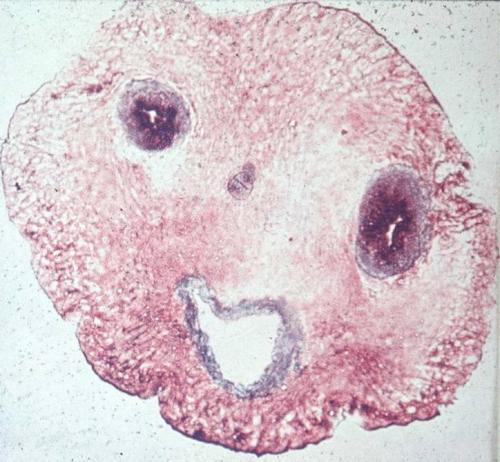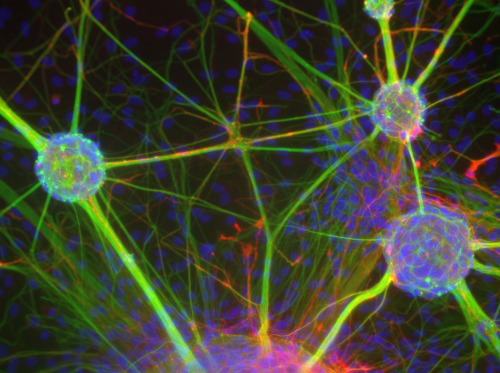Интересные новости с http://www.biologynews.net/archives/2009/08/13/raising_the_alarm_when_dna_goes_bad.html:
Our genome is constantly under attack from things like UV light and toxins, which can damage or even break DNA strands and ultimately lead to cancer and other diseases. Scientists have known for a long time that when DNA is damaged, a key enzyme sets off a cellular 'alarm bell' to alert the cell to start the repair process, but until recently little was known about how the cell detects and responds to this alarm. In a study published today in Nature Structural and Molecular Biology, researchers at the European Molecular Biology Laboratory (EMBL) in Heidelberg, Germany, have identified a whole family of proteins capable of a direct response to the alarm signal.
Our genome is a huge repository of information guiding the construction and function of all the cells in our bodies. Cells sustain many hits to their DNA every day, which can lead tomutations, so they maintain a fleet of DNA repair machinery that can be rapidly mobilised and sent to damaged sites in an emergency.
Because our DNA is so long and unwieldy, it needs to be packaged up with proteins and organised into a complex structure called chromatin. Scientists have known for 50 years that one component of chromatin, an enzyme known as PARP1, is activated by DNA damage and produces a molecular signal, called PAR, which raises the alarm at the site of the damage. In recent weeks, scientists have for the first time worked out how PAR is rapidly detected by the cell; in their Nature Structural and Molecular Biology paper, the group of Andreas Ladurner and their colleagues at EMBL have identified a whole family of proteins that respond to this signal by binding to it directly.
What these proteins share is a special region called a macrodomain. By using a laser to reproduce DNA damage in the lab, the scientists were able to follow fluorescently-labelled macrodomain proteins in cells and observed that they quickly move to the site of DNA damage. A high-resolution image, obtained by X-ray crystallography, shows how the macrodomain forms a 'pocket' fitting the PAR signal exactly.
Among the members of the family the researchers found a protein called histone macroH2A1.1. "This was very surprising. Histones play a major role in assembling chromatin and keeping it together, but they don't usually have macrodomains," says Ladurner. "The finding is particularly relevant, because it turns out that cancer cells don't have macroH2A1.1. The fact that one member of the rapid response team that detects DNA damage is missing could contribute to the disease."
Because macroH2A1.1 is embedded in chromatin, when it recognises PAR at DNA damage sites, it drags the complex but highly-organised tangle of chromatin with it. As a result, macroH2A1.1 condenses the chromatin environment around the damaged area.
The scientists are now trying to understand why this happens. One plausible explanation could be that by temporarily compacting the DNA, the broken ends of the DNA molecule are kept closer together. This should increase the chances of being able to repair it.
"With these findings we've opened up completely new perspectives to a fifty-year-old field of research," says Ladurner. "We're very excited of what lies ahead and hope that we'll soon be much closer in understanding how PARP1 and macrodomains together maintain a healthy genome."










